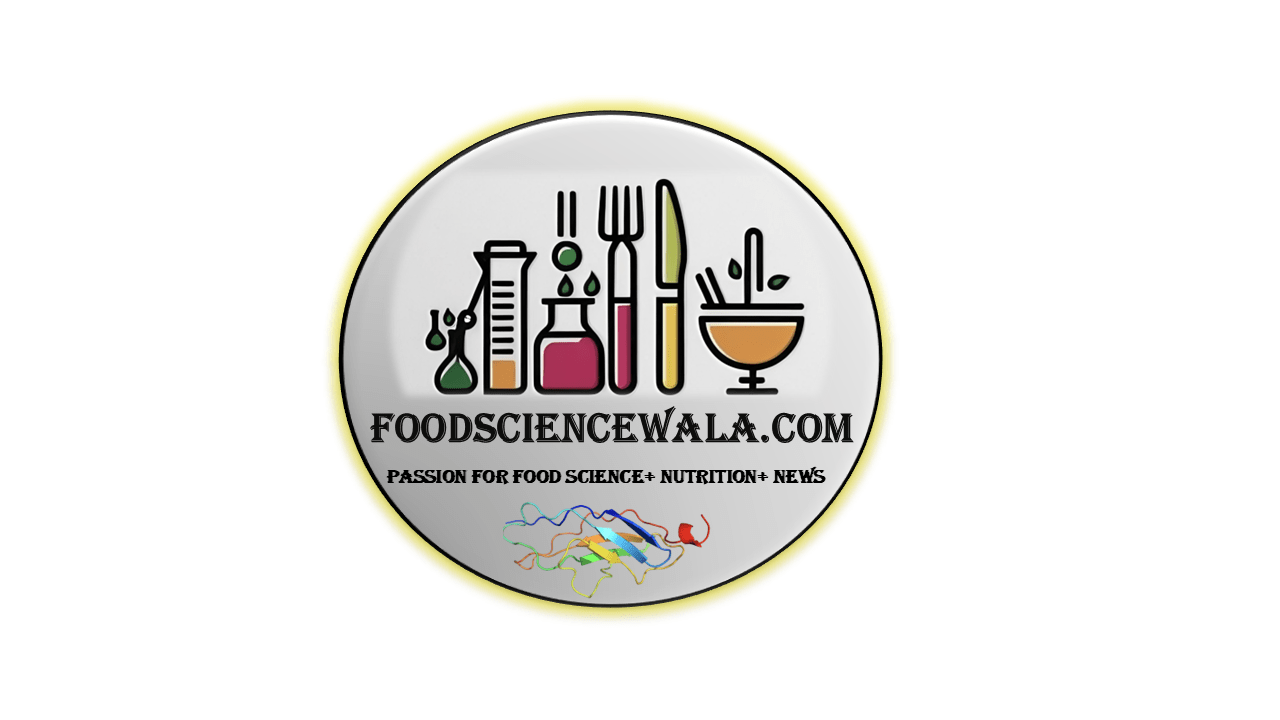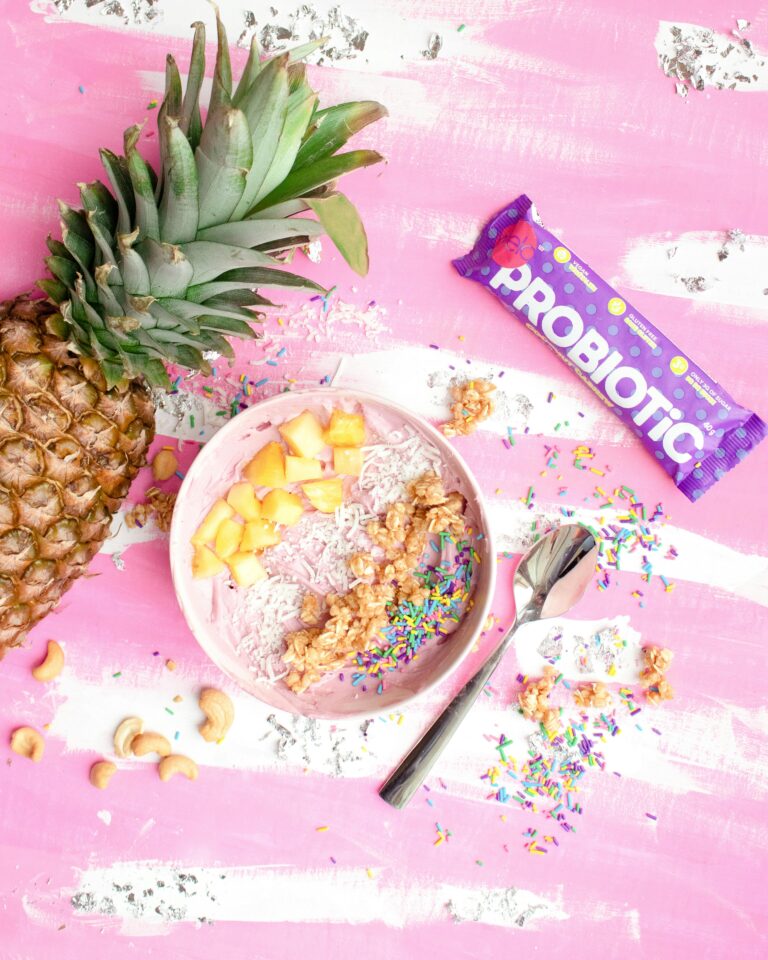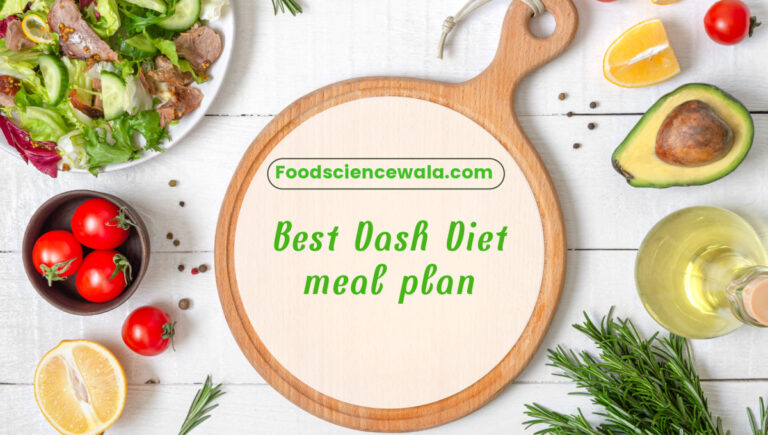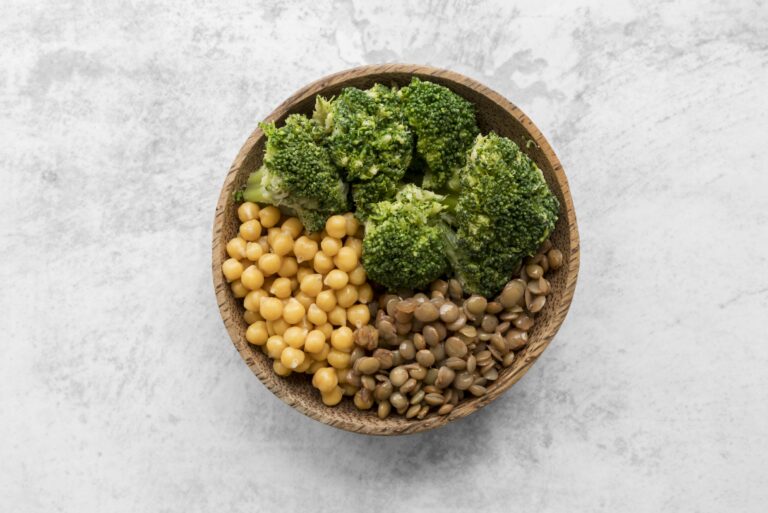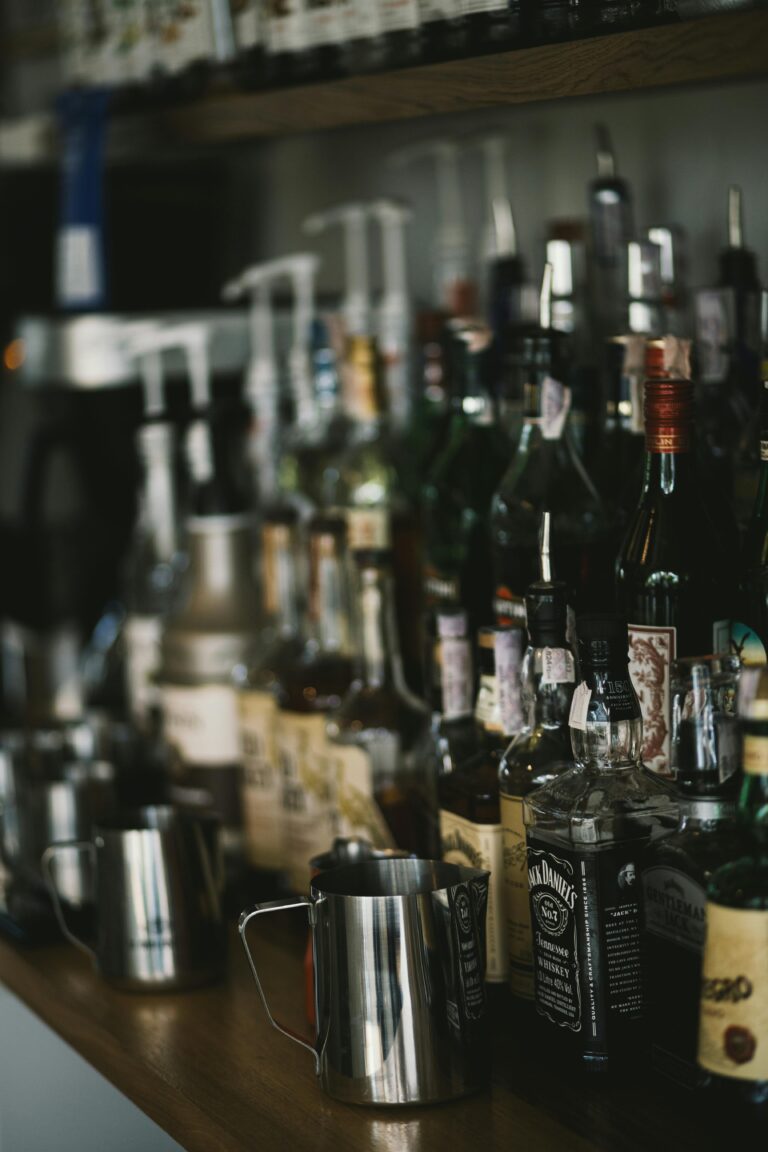Maintaining youthful, glowing skin isn’t just about what creams or serums you apply—your diet plays a huge role too. From protecting against wrinkles to improving skin elasticity, the food you eat can significantly impact how your skin ages. Let’s dive into the science behind skin aging and how you can use nutrition to keep your skin healthy and vibrant.
Understanding Skin Aging
Your skin is the largest organ in your body and acts as a shield against the external world.

However, like every other organ, it ages. This aging process can be divided into two types:
- Chronological Aging: This natural process occurs with time and affects all body parts equally.
- Photo-aging: Caused by external factors like sun exposure, pollution, and poor lifestyle choices.
The Science Behind Skin Damage: Causes and Mechanisms
Our skin is a vital protective barrier against external elements, but it is not immune to damage. From sun exposure to pollution, our skin faces numerous threats daily. Understanding the science behind skin damage can help us protect and nurture our skin more effectively.
How Skin Functions and Its Layers
To comprehend skin damage, it’s essential to understand how the skin is structured:
- Epidermis: The outermost layer, rich in keratinocytes, forms a waterproof shield and is responsible for producing melanin, which gives skin its color.
- Dermis: The middle layer houses collagen, elastin, blood vessels, and nerves, providing elasticity and strength.
- Subcutaneous Tissue: The innermost layer contains fat that cushions and insulates the body.
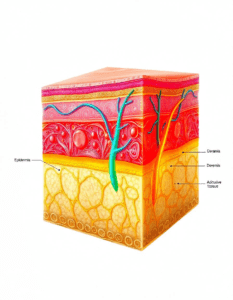 When these layers are disrupted by internal or external factors, it leads to visible and microscopic damage.
When these layers are disrupted by internal or external factors, it leads to visible and microscopic damage.
Common Causes of Skin Damage
- Ultraviolet (UV) Radiation
The sun’s rays are one of the most significant contributors to skin damage:
- UV-A Rays (320–400 nm) penetrate deep into the dermis, breaking down collagen and elastin, leading to wrinkles and sagging.
- UV-B Rays (290–320 nm) primarily affect the epidermis, causing sunburn and DNA damage, which can trigger skin cancer.
UV exposure generates reactive oxygen species (ROS) that attack cellular structures, leading to oxidative stress and premature aging (photo-aging).
- Pollution
Pollutants like particulate matter (PM), heavy metals, and volatile organic compounds harm the skin by:
- Generating free radicals that weaken the skin barrier.
- Causing inflammation and disrupting the skin’s natural microbiome.
- Accelerating the breakdown of collagen, resulting in fine lines and dullness.
- Dehydration
Skin relies on moisture to maintain its elasticity and barrier function. Lack of hydration causes:
- Cracked skin, making it vulnerable to infections.
- Loss of plumpness, which highlights wrinkles and lines.
- Lifestyle Factors
- Smoking: Reduces blood flow, deprives skin of oxygen and nutrients, and increases oxidative stress.
- Diet: High sugar and fried foods lead to advanced glycation end products (AGEs), which stiffen collagen fibers, reducing skin elasticity.
- Alcohol: Dehydrates the skin and interferes with its ability to repair damage.
- gym
- Aging
With age, natural processes slow down:
- Collagen production declines, causing sagging.
- Cell turnover reduces, leading to dullness and uneven texture.
- The skin’s natural barrier weakens, making it prone to damage.
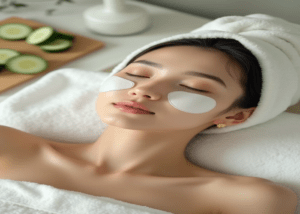
The Science Behind Skin Damage
- Oxidative Stress
The skin is constantly exposed to oxidative stress caused by free radicals, which are unstable molecules seeking stability by stealing electrons from healthy cells. This process:
- Damages DNA, proteins, and lipids in the skin.
- Activates enzymes like matrix metalloproteinases (MMPs), which break down collagen and elastin.
- Leads to inflammation and impaired skin repair.
- DNA Damage
UV radiation directly impacts skin cells by:
- Causing pyrimidine dimers, abnormal bonds between DNA bases, which hinder proper DNA replication.
- Inducing mutations in the skin cells, which can progress to skin cancer if not repaired.
- Chronic Inflammation
Continuous exposure to irritants like pollution and UV light causes a persistent inflammatory response. This:
- Leads to the release of enzymes that degrade the extracellular matrix.
- Disrupts the skin’s healing ability, accelerating signs of aging.
- Microbiome Disruption
The skin’s microbiome acts as a protective layer. External factors like pollution, harsh cleansers, and poor diets disrupt this balance, leading to:
- Increased sensitivity.
- Acne breakouts.
- Weakened defenses against infections.
Visible Effects of Skin Damage
- Fine Lines and Wrinkles: Breakdown of collagen and elastin.
- Hyperpigmentation: Overproduction of melanin due to UV exposure.
- Dryness and Flakiness: Reduced ability of the skin to retain moisture.
- Loss of Elasticity: Thinning dermis and reduced collagen.
- Redness and Sensitivity: Compromised skin barrier.
Top Nutrients for Skin Health
Here are the key nutrients that help combat skin aging:
- Antioxidants
Antioxidants neutralize harmful molecules called free radicals, which damage skin cells and accelerate aging. Foods rich in antioxidants include:
- Vitamin C: Found in oranges, strawberries, and bell peppers, it promotes collagen production and repairs damaged skin.
- Vitamin E: Present in nuts, seeds, and spinach, it prevents oxidative damage and keeps skin supple.
- Polyphenols: Found in tea, dark chocolate, and grapes, these combat inflammation and reduce wrinkles.

- Collagen-Boosting Proteins
Collagen is the protein that gives your skin strength and elasticity. To maintain collagen levels, eat:
- Bone broth and fish: Great natural sources of collagen.
- Eggs and legumes: Provide the amino acids needed for collagen production.
- Healthy Fats
Omega-3 fatty acids, found in fish, flaxseeds, and walnuts, keep your skin hydrated and reduce inflammation. Adding olive oil to your diet can also improve skin elasticity and smoothness.
- Trace Minerals
Minerals like zinc, copper, and selenium are crucial for skin health:
- Zinc: Aids in wound healing and reduces inflammation. Found in pumpkin seeds and chickpeas.
- Copper: Enhances skin elasticity and minimizes wrinkles. Found in nuts and shellfish.
- Selenium: Protects skin from sun damage. Found in Brazil nuts and whole grains.
The Role of Water in Skin Health
Drinking enough water is essential for maintaining skin hydration. Aim for at least 2 liters of water a day to keep your skin plump and reduce the appearance of fine lines.
Foods and Habits to Avoid
Certain dietary choices can accelerate skin aging:
- Sugar: Excess sugar leads to the formation of Advanced Glycation End Products (AGEs), which damage collagen and elastin.
- Fried Foods: High-fat diets can cause inflammation, leading to premature aging.
- Alcohol and Tobacco: Both dehydrate the skin and cause oxidative stress, speeding up the aging process.
- Reference: https://www.mdpi.com/2072-6643/12/3/870
